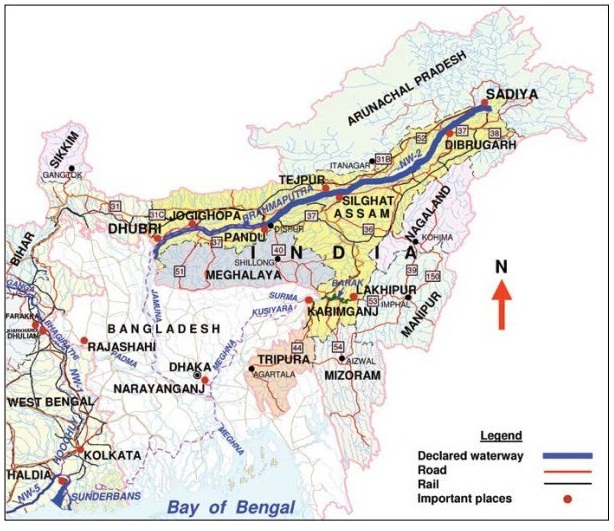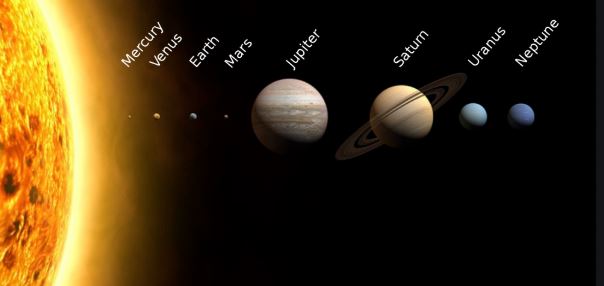International Relations
16th India-ASEAN Summit
Why in News
- The Prime Minister of India attended the 16th India-ASEAN Summit in Bangkok, Thailand on November 03, 2019.
Key Highlights
- Along with this Summit, the other summits that took place in Thailand are-
- 35th ASEAN Summit,
- 14th East Asia Summit, and
- 3rd meeting of RCEP.
- During the summit, the discussions were held to promote India-ASEAN strategic partnership along with cooperation in the field of maritime security and blue economy, trade and investment, connectivity, science and technology, and innovation.
- On the socio-cultural front, the focus was made on enhancing people-to-people connectivity, cultural exchanges, humanitarian aid, and tourism.
- The Prime Minister also talked about the mutual coordination between India's vision of the Indo-Pacific region and the Association of Southeast Asian Nations (ASEAN) Outlook for maintaining strategic balance in the region, which has been witnessing growing Chinese assertiveness.
- At the Regional Comprehensive Economic Partnership (RCEP) Summit, a trade negotiation deal is yet to be finalized after considering all issues that concern Indian interests in trade in goods, services, and investments.
- The PM addressed the Indian community at the 'Sawasdee PM Modi' event in Bangkok.
- In the Thai language, the word ‘Sawasdee’ is used for greetings and goodbye.
- During the visit, the Indian PM held bilateral meetings with a number of other world leaders present at Bangkok.
India-Myanmar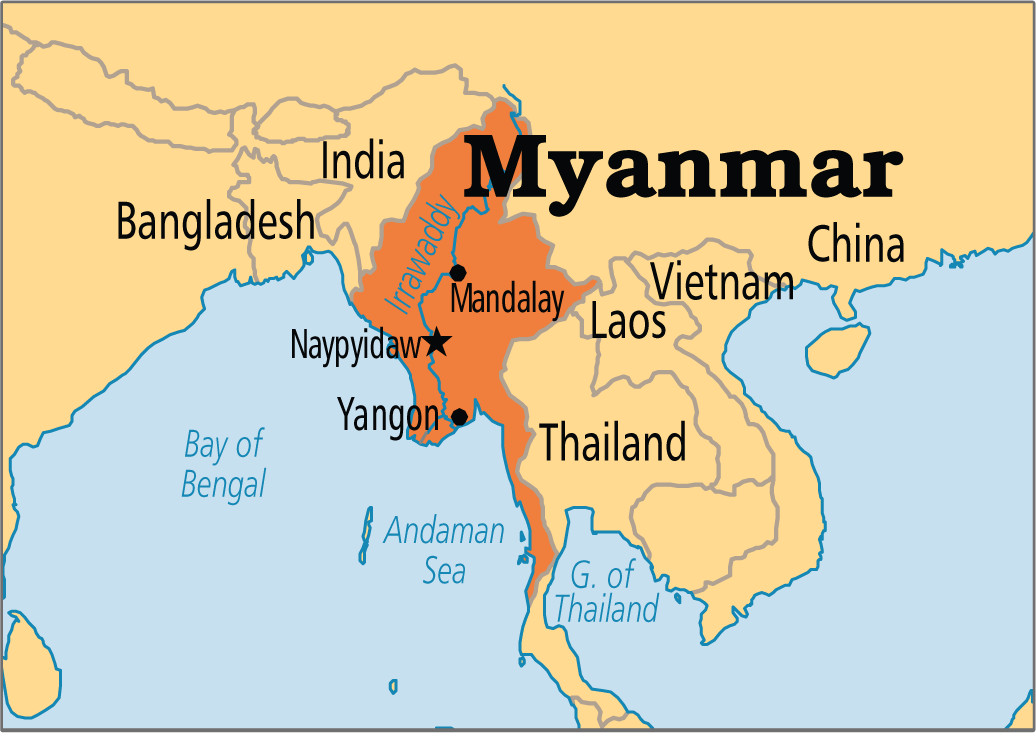
- The Indian Prime Minister highlighted the importance of Myanmar to India's Look East Policy and the Neighbourhood First policies.
- The emphasis was laid on building a stable and peaceful border by improving physical connectivity to and through Myanmar to Southeast Asia via. building roads, ports, and expansion of air connectivity.
- India would continue to support the capacity expansion programme for Myanmar's police, military and civil servants, as well as its students and citizens.
- India plans to host a business event for the CLMV countries (Cambodia, Laos, Myanmar, and Vietnam) in Yangon at the end of November 2019.
India-Indonesia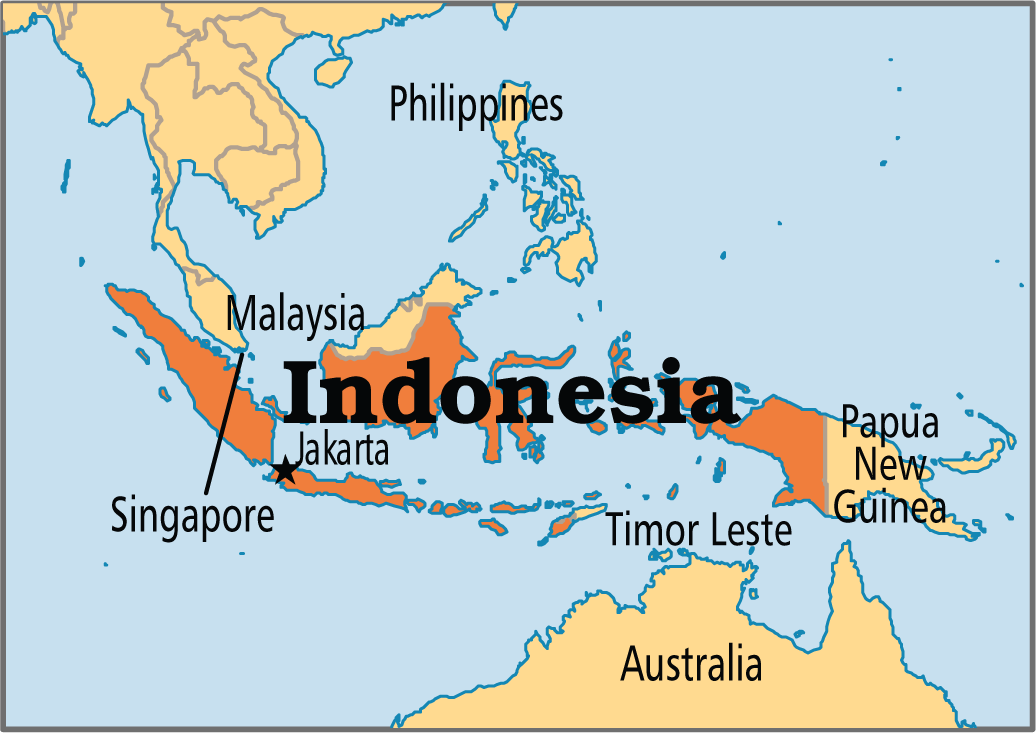
- India and Indonesia agreed to work together for peace, security, and prosperity in order to achieve their shared vision on maritime cooperation in the Indo-Pacific region.
- The two leaders discussed the threat of extremism and terrorism and agreed to work closely bilaterally and globally to tackle this menace.
- India is working with Indonesia to strengthen the ties in the areas of defence, security, connectivity, trade and investment, and people-to-people exchanges.
- The Indian PM highlighted the need for greater market access for Indian commodities in Indonesia including, pharmaceutical, automotive and agricultural products.
- India shares a Comprehensive Strategic Partnership with Indonesia. And this year (2019), India and Indonesia commemorate the 70th anniversary of the establishment of diplomatic relations.
India-Thailand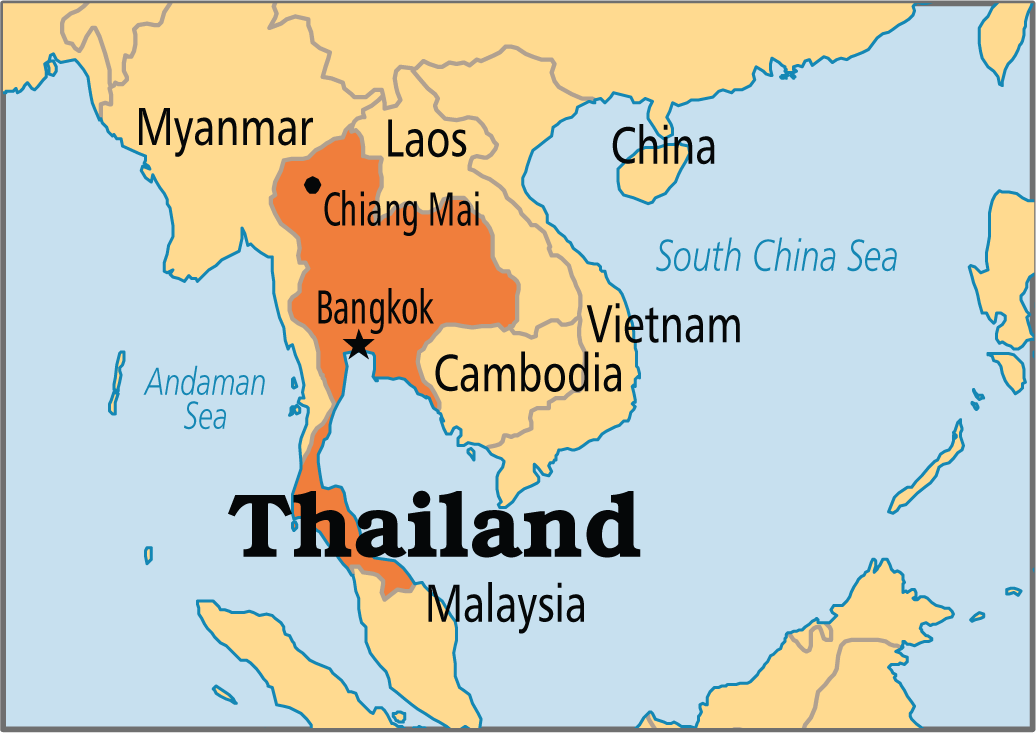
- India and Thailand agreed to explore opportunities for cooperation in areas such as trade, culture, and defence industries sector.
- Emphasis was laid to enhance connectivity between the two countries, including in the areas of physical and digital connectivity.
- Thailand 4.0 initiative of transforming Thailand into a value-based economy is complementary to India’s priorities Digital India, Skill India, Swachh Bharat Mission, Smart Cities, Jal Jeevan Mission, etc.
- In the contemporary context, India’s Act East policy is complemented by Thailand’s Look West policy which has made the relationship deep, robust and multifaceted.
International Relations
India and Uzbekistan
Why in News
- The Defence Minister of India attended the 18th meeting of the Council of Heads of Government (CHG) of the Shanghai Cooperation Organization (SCO) on 2nd November, 2019 in Tashkent, Uzbekistan.
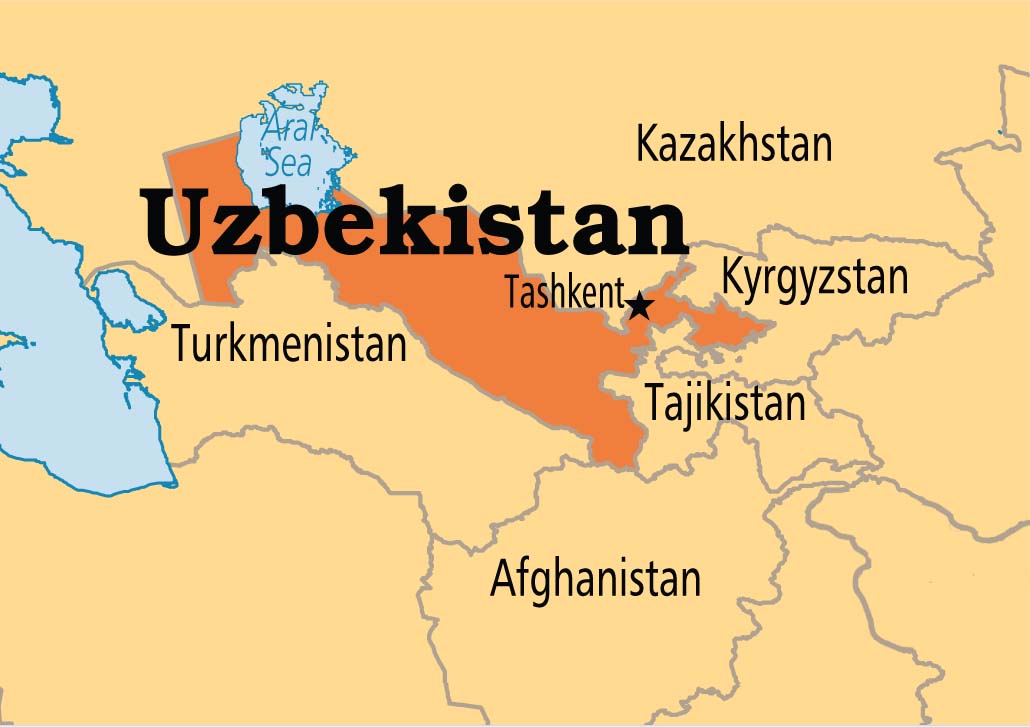
- The meeting was the third CHG meeting after India became a full member of the SCO in 2017.
- SCO is a permanent intergovernmental international organisation that was created in 2001.
- Its one of the objectives is to strengthen mutual trust and neighbourliness among the member states.
- At present, it has eight member states. Its Secretariat is located in Beijing, China.
Highlights from the SCO Meeting
- Common Challenges: To work together to defeat challenges like terrorism, climate change, endemic poverty, and inequality.
- Multilateralism: India is committed to a transparent, rules-based, open, inclusive and non-discriminatory multilateral trading system with the World Trade Organisation (WTO) at its centre.
- Disater Management:
- India invited SCO Member states to join the ‘Coalition for Disaster Resilient Infrastructure’.
- India will soon hold Joint Urban Earthquake Search and Rescue exercise of SCO member States along with SCO Expert level meeting on disaster prevention.
- Security Cooperation: Emphasis on the importance of SCO joint military exercise ‘CENTER 2019’.
- India will host the meeting of Council of Heads of Government in 2020.
Highlights from India - Uzbekistan Discussions
- The defence minister of India also held bilateral consultations with the defence minister of Uzbekistan.
- Three memorandums of understanding (MoU) were signed to enhance cooperation in military medicine and military education.
- India affirmed its commitment to develop a state-of-the-art Information Technology (IT) complex in Armed Forces Academy of Uzbekistan for the benefit of the soldiers.
- Both the Defence Ministers presided over the innauguration of the first India-Uzbekistan Joint Exercise, “Dustlik 2019”.
- This bilateral exercise will be conducted from 4th-13th November, 2019 at Chirchiq Training Area near Tashkent and will focus on counter-terrorism.
India - Uzbekistan Ties
- Areas of Cooperation: Uzbekistan and India have signed Agreements and MoUs in areas such as trade, investment, education, civil aviation, tourism, science & technology and agriculture.
- Economic Ties: Bilateral relations are managed through an lntergovernmental Commission, which oversees trade and economic relations.
- Cultural Relations:
- There is a close affinity between the cultures of the two countries.
- lndian films, actors and songs are extremely popular across Uzbekistan.
- After the first major co-production of Alibaba aur Chalis Chor in 1980, lndo-Uzbek jointly produced film 'Hoichoi Unlimited' premiered in Uzbekistan on 31st March 2019.
- The Lal Bahadur Shastri Centre for lndian Culture teaches Hindi, Yoga and Kathak and holds cultural performances across
Uzbekistan.
Important Facts For Prelims
National Waterway-2
- The first-ever container cargo movement on Brahmaputra (National Waterway -2) will sail via National Waterway-1 (River Ganga), Indo-Bangladesh Protocol (IBP) route and National Waterway-2 (River Brahmaputra).
National Waterway-2
- The Sadiya-Dhubri stretch of the Brahmaputra river (891 Km) declared as National Waterway-2 in 1988 is located in the state of Assam.
- As per the National Waterways Act, 2016, 111 waterways have been declared as NWs.
- National Waterway-1 (Prayagraj-Haldia) with length 1620 km is the longest National waterway in India.
Important Facts For Prelims
Length of a Day on Each Planet
Why in News
- Recently, the research was undertaken to calculate the accurate length of a day on Venus and Saturn which has been changing since 1963.
- Venus:
- The recent observation of the Magellan spacecraft’s observations (1991) concluded that the rotation period for Venus has an uncertainty of about 9 seconds.
- Saturn:
- The recent, the Cassini spacecraft showed that there is an uncertainty of 6 minutes with a rotation period of Saturn.
- Venus:
The Solar System
- The Solar System consists of the Sun and eight planets.
- It also consists of bodies such as comets, asteroids, and meteors.
Planets vs Dwarf Planets
- The definition of a planet was adopted by the International Astronomical Union in 2006. A planet must:
- Orbit a star (in our system, it is the Sun).
- Be big enough to have enough gravity to force it into a spherical shape.
- Be big enough that its gravity cleared away any other objects of a similar size near its orbit around the Sun.
- On the other hand, dwarf planet is a celestial body orbiting a star that is massive enough to be rounded by its own gravity but has no clear orbit (Gravitationally not dominant in its orbit).
| Planets | Facts |
| Mercury |
|
| Venus |
|
| Earth |
|
| Mars |
|
| Jupiter |
|
| Saturn |
|
| Uranus |
|
| Neptune |
|
Important Facts For Prelims
NavIC
Why in News
- The Indian Space Research Organisation (ISRO) and its commercial arm Antrix Corporation Ltd. are set to commercialize India’s regional navigation satellite system - Navigation in Indian Constellation (NavIC).
- Potential Uses:
- Terrestrial, aerial and marine navigation;
- Disaster management;
- Vehicle tracking and fleet management (especially for mining and transportation sector);
- Integration with mobile phones;
- Precise timing (as for ATMs and power grids);
- Mapping and geodetic data capture.
Navigation in Indian Constellation
- Navigation in Indian Constellation (NavIC) is an Indian Regional Navigation Satellite System (IRNSS), developed by the Indian Space Research Organization (ISRO).
- IRNSS consists of eight satellites, three satellites in geostationary orbit and five satellites in geosynchronous orbit.
- The main objective is to provide reliable position, navigation and timing services over India and its neighbourhood.
- It works just like the established and popular U.S. Global Positioning System (GPS) but within a 1,500-km radius over the sub-continent.
- It has been certified by the 3rd Generation Partnership Project (3GPP), a global body for coordinating mobile telephony standards.
Important Facts For Prelims
Fifth India International Science Festival
Why in News
- The Prime Minister of India will inaugurate the Fifth India International Science Festival (IISF) on 5th November, 2019.
- Host City: The four-day science festival is being organized in Kolkata from 5th - 8th November, 2019.
- Theme: RISEN India –Research, Innovation and Science Empowering the Nation
- Vigyanika - International Science Literature Festival is being organised as part of the 5th IISF.
- It is being coordinated by the CSIR-National Institute of Science Communication and Information Resources (CSIR-NISCAIR), Vigyan Prasar and Vigyan Bharati.
- It will feature innovative formats of science communication such as drama, poetry, and magic. A Science Book Fair will also be a major attraction of Vigyanika.
India International Science Festival
- IISF is the largest science festival in the world. It is an annual festival to celebrate the achievements of India’s scientific and technological advancements with students, innovators, craftsmen, farmers, scientists and technocrats from India and abroad.
- It was started from the year 2015.
- It is organized by the Ministry of Science & Technology, Ministry of Earth Sciences and Vijnana Bharati (Vibha).
Vijnana Bharati
- Swadeshi Science Movement was started in Indian Institute of Science- Bengaluru by a few eminent scientists under the guidance of Prof. K I Vasu.
- This movement gradually gained momentum and emerged as an organization with national presence.
- In 1991, it was decided to launch the Swadeshi Science Movement at all India Level and named it as Vijnana Bharati.
- It’s one of the objectives is to motivate young scientists towards greater creativity and originality.
- It is headquartered in New Delhi.
Important Facts For Prelims
Tawang Festival
Why in News
Recently, Tawang Festival was concluded in Arunachal Pradesh.
- Tawang Festival is an annual festival which was started in 2012 and celebrates Arunachal’s rich cultural heritage, including Buddhist religious functions, traditional dances, indigenous sports, films and documentaries, food festivals and more.
- It starts with the religious tradition known as “Sebang” which is the process of monks of Tawang town moving to the festival spot in rallies from the Tawang monastery.
- Major attractions are the Dance of Yak and the Aji-lhamu Dance.
- Arunachal Pradesh also hosts Orange Festival, Ziro musical festival, Bascon organic festival and Mechuka Adventure festival.
Other festivals celebrated by the tribes of Arunachal Pradesh-
| Festivals | Tribes |
| Mopin and Solung | Adis |
| Lossar | Monpas |
| Boori-boot | Hill Miris and Sherdukpens |
| Dree | Apatanis |
| Si-Donyi | Tagins |
| Reh | Idu-Mishmis |
| Nyokum |
Nishs |
Important Facts For Prelims
Glyphosate
Why in News
A German pharma company is facing thousands of lawsuits over its herbicide products which are based on a compound called glyphosate.
- Herbicide is an agent, usually chemical, for killing or inhibiting the growth of unwanted plants, such as residential or agricultural weeds and invasive species.
Glyphosate
- Scientific Name: It was developed in 1970, and its scientific name is N-(phosphonomethyl) glycine under the International Union of Pure and Applied Chemistry (IUPAC) system of nomenclature.
- Application: It is applied to the leaves of plants to kill weeds.
- Usage in India
- It has a very good market size in the tea sector of West Bengal and Assam.
- Presently, its consumption is highest in Maharashtra as it is becoming a key herbicide in sugarcane, maize and many fruit crops.
- Concerns
- In 2015, the Word Health Organization published a study that found glyphosate “probably carcinogenic to humans”. However, no advisory has been issued yet.
- France, Italy, and Vietnam banned its use after the finding.

